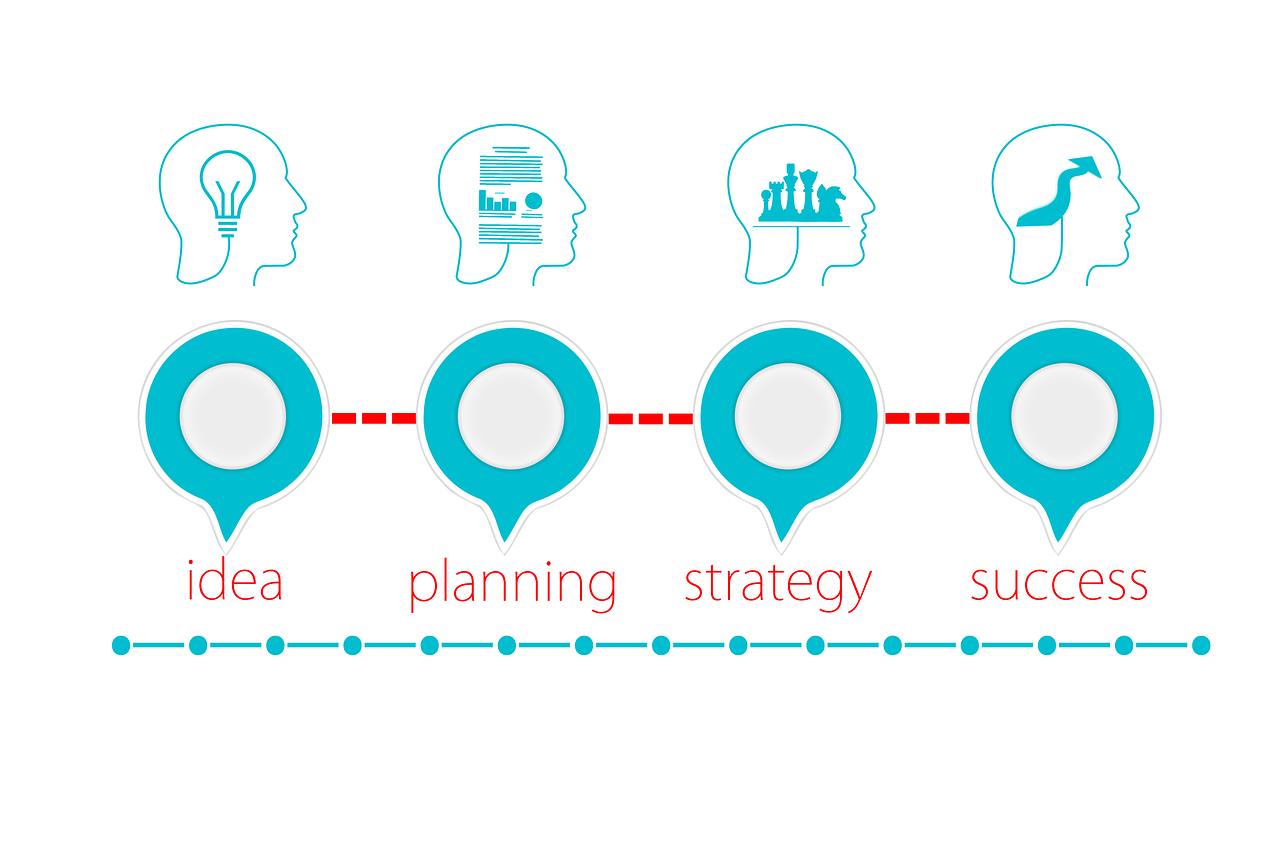
Welcome to the SMARTy Party
In a land of dreams, where goals reside,
Lived a bunch of letters, full of pride.
S, M, A, R, and T they were named,
In the kingdom of ambition, they all claimed.
Sassy Specific, the leader of the crew,
With a pointed hat and a goal in view.
“Be clear and precise, in your quest each day,
Who, what, and why, in your own unique way.”
Mighty Measurable, with a measuring tape,
Counting successes, avoiding the scrape.
“Make it quantifiable, like cookies in a jar,
Tracking progress won’t be too bizarre.”
Adventurous Achievable, ever so bold,
Climbing mountains, never getting cold.
“Keep it real, like a dragon that’s small,
Dream big, but achievable is the call.”
Rambunctious Relevant, the party guest,
Dancing with purpose, wearing its best.
“Stay relevant, like a joke that’s on cue,
Align with your dreams, and the sky’s your view.”
Time-bound Ticker, the clock on the wall,
Ticking and tocking, never to fall.
“Set a deadline, like a race with a start,
Time-bound goals are the heart of the art.”
Together they danced, a whimsical band,
In the realm of goals, where dreams are planned.
With SMART as their guide, they sang their tune,
“Set your goals wisely, and reach for the moon!”
What is SMART Goals and How to Set Them.
SMART is an acronym that represents a framework for setting effective and achievable goals. This framework is widely used in various fields, including business, education, and personal development. SMART stands for Specific, Measurable, Achievable, Relevant, and Time-bound. Let’s break down each component:
- Specific:
- Clearly define the goal. Be precise about what you want to achieve.
- Ask yourself the who, what, where, when, and why of the goal.
- Example: Instead of setting a vague goal like “increase sales,” make it specific by stating “increase online product sales by 20% within the next quarter.”
- Measurable:
- Establish concrete criteria for measuring progress toward the goal.
- Quantify or use tangible indicators to track your success.
- Example: Instead of saying “improve customer satisfaction,” make it measurable by stating “achieve a customer satisfaction rating of 90% or higher on customer surveys within the next six months.”
- Achievable:
- Ensure that the goal is realistic and attainable.
- Consider the available resources, skills, and constraints.
- Setting challenging goals is good, but they should also be possible with effort and commitment.
- Example: If your current monthly website traffic is 10,000 visitors, setting a goal of 1 million visitors in the next month might not be achievable. Instead, set a goal that challenges you but is within reach, such as increasing traffic to 15,000 visitors.
- Relevant:
- Ensure that the goal is relevant to your overall objectives and aligned with your values.
- Consider whether the goal is worthwhile and supports your long-term plans.
- Example: If your overall business strategy is focused on sustainability, setting a goal to reduce carbon emissions in your operations aligns with your values and is relevant to your broader objectives.
- Time-bound:
- Set a specific timeframe for achieving the goal.
- This creates a sense of urgency and helps in planning and prioritization.
- Example: Instead of saying “launch a new product,” make it time-bound by stating “launch a new product by the end of the second quarter.”
By incorporating these SMART criteria into your goal-setting process, you create a framework that increases the likelihood of success. SMART goals provide clarity, focus, and a way to measure progress, helping individuals and organizations achieve their desired outcomes in a more organized and efficient manner.
SMART Questions to Ask Yourself
Our Services

































